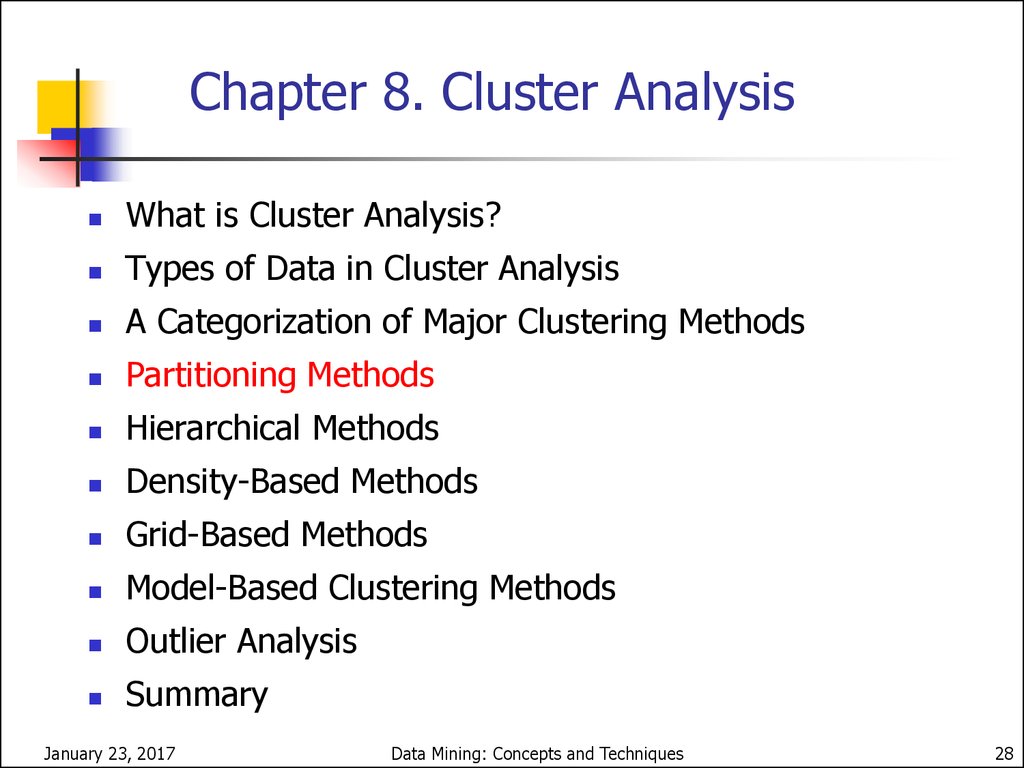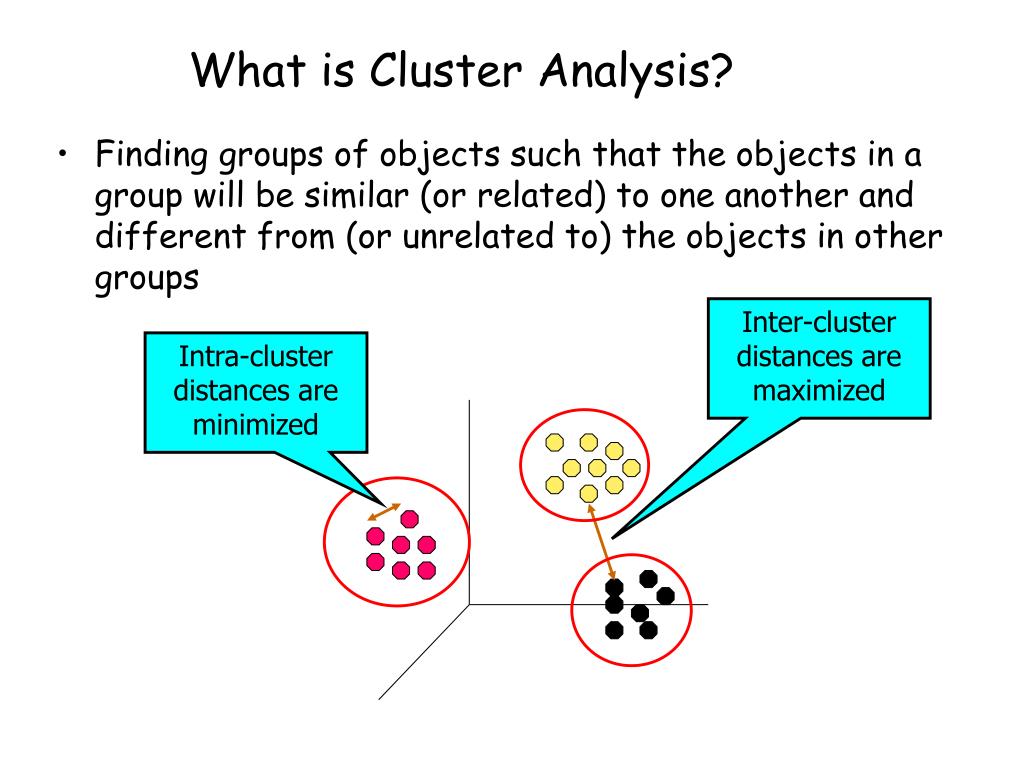There are various
marketing
methods in the world, and they can be used as weapons when providing services. Additionally, when conducting marketing, it is necessary to perform data analysis such as analytics and cluster analysis.
Google Analytics is a tool that analyzes websites and allows you to visualize your website, which is essential for the growth of your website. On the other hand, cluster analysis can simply be described as dividing groups of similar items.
Analysis and cluster analysis using Google Analytics are necessary for marketing, so they can be said to play an important role when conducting market research. Therefore, in this article, we will explain cluster analysis in detail.
It also introduces the steps to perform cluster analysis and examples of its use, so it is a must-read for anyone involved in marketing.
What is cluster analysis?
As mentioned earlier, cluster analysis is a marketing method that analyzes targets to create clusters by separating similar items from a group. Basically, marketing targets people, but cluster analysis has the advantage of being able to target products, regions, etc.
For this reason, it is the method most used in marketing and market research. There are various types of analysis methods, including multivariate analysis and statistical analysis. Also, many people find it difficult to understand when learning from books or the internet because the content is a bit difficult.
On the other hand, cluster analysis tends to be easier to understand than other types of analysis, so it can be said to be relatively easy to learn. For example, if you gather people who have similar test scores in Japanese, mathematics, etc., you can create a group of people who are good at science subjects and people who are good at humanities subjects.
Additionally, when performing cluster analysis on survey data, it can be divided into three groups: functionality-oriented, design-oriented, and high-interest groups. Therefore, performing cluster analysis first has the advantage of being useful in
marketing research
.

Types of cluster analysis
Up to this point, we have explained the overview and role of cluster analysis. By the way, many of you reading this article may have understood the outline of cluster analysis, but are wondering what types there are.
From here, we will introduce the types of cluster analysis. In conclusion, there are the following types:
Let’s look at each in turn.

hierarchical cluster
First, cluster analysis involves “hierarchical clusters.” Hierarchical clustering means that similar objects are grouped together in order. In other words, clustering allows you to visually understand the process, so it can be said to be a very important classification method for analysis.
Additionally, analysis can be performed using a dendrogram (dendrogram), which has the advantage of making it easier to make decisions when dividing clusters. By looking at the dendrogram, you can cut line by line and determine the optimal number of clusters.

non-hierarchical cluster
Next, there are “non-hierarchical clusters” in cluster analysis. Non-hierarchical clustering is an analysis in which similar objects are grouped together since there is no hierarchical structure. In addition, when using non-hierarchical clusters, it is suitable when the number of targets is large, so it is an analysis method that can be used when there is data of about 1 million items.
Additionally, it has the advantage of not taking much time to analyze, so it can be said to lead to more efficient work. Non-hierarchical cluster analysis has the advantage that the larger the amount of data, the more useful it becomes, so use it appropriately depending on the usage situation.
Also, when performing analysis using non-hierarchical clusters, it is not possible to generate a dendrogram, so several clusters are created and the size of each is measured. Note that cluster analysis is sometimes explained by machine learning, and most have the characteristic of being non-hierarchical.

Steps to perform cluster analysis
Up to this point, we have explained the types of cluster analysis. By the way, there may be many people reading this article who understand the types of cluster analysis, but do not know the steps to actually perform cluster analysis.
From here, we will explain in detail the steps to perform cluster analysis. In conclusion, here are the steps:
I will explain each in turn.

Decide on the type of analysis
First, when performing cluster analysis, decide on the type. In other words, you need to decide between hierarchical clusters and non-hierarchical clusters, so make your decision based on the number of individuals. If the number of individuals in a cluster is less than 100, utilize hierarchical cluster analysis, and if the number of individuals is between 100 and 300, use a combination of hierarchical and non-hierarchical clustering.
If the number of individuals is 300 or more, it is possible to understand the number by performing non-hierarchical cluster analysis. Therefore, it is important to perform appropriate cluster analysis depending on the number of individuals.

Decide on the definition of similarity
Next, once you have decided on the type of classification, you need to decide on the definition of similarity. However, one thing to keep in mind when defining it is that you have to decide what you want to define. In other words, it is necessary to define the similarity of the numbers of individuals based on what criteria (clarify the criteria), so it is necessary to choose from multiple definitions.
There are about four definitions of similarity, including the following.
Chebyshev distance is used when you want to convert the number of individuals in the same dimension to the number of individuals in another dimension. Also, since it is a distance that progresses in a square shape, it is different from the Euclidean distance.
Minkowski distance has the feature of being able to increase or decrease the weight of distant distances, and includes Euclidean distance. Euclidean distance, also called straight-line distance, shortens the distance by using the estimated value of the variance-covariance matrix.
Manhattan distance, also known as city distance, means that the distance is the same no matter where you commute from. If we compare the Manhattan distance to shogi, it would be like the distance is the same even if you move vertically or horizontally like a rook.

Selection of analysis method
After deciding on the definition of similarity, let’s select an analysis method. Note that there are differences between hierarchical cluster analysis and non-hierarchical cluster analysis, so let’s take a look at both methods. First of all, if you choose the hierarchical cluster analysis method, there are the following methods.
When performing hierarchical cluster analysis, it is necessary to conduct an analysis that is appropriate for the purpose. On the other hand, if you choose a non-hierarchical cluster analysis method, you can use the following methods:
Basically, when you do non-hierarchical clustering, you use k-means to do the analysis, so keep that in mind.

Notes on cluster analysis
Up to this point, we have explained the steps to perform cluster analysis. From here, we will explain the points to note when using cluster analysis. In conclusion, the following points should be noted.
I will explain each in turn.

It is not always possible to classify well.
The first thing to note is that when performing cluster analysis, classification may not always be successful. The reason why clusters cannot be classified is when the clusters have no characteristics or are not classified into the pattern you were considering.
Therefore, classification can be achieved by redefining similarity or changing the number of individuals in a cluster.
There are multiple ways to determine similarity
When performing cluster analysis, it is important to note that there is more than one way to determine similarity. In other words, there are about four judgment methods for analyzing clusters: Chebyshev distance, Minkowski distance, Euclidean distance (straight line distance), and Manhattan distance (urban distance).
Therefore, if classification cannot be done well, it is necessary to change the analysis method, so try changing the judgment method when performing analysis.
You need to analyze cluster characteristics yourself.
One thing to keep in mind when performing cluster analysis is that you must analyze the characteristics of the clusters yourself. There are various types of cluster analysis, so it is important to understand their characteristics and meanings.
Therefore, it is necessary to analyze the characteristics of each cluster by yourself.

Examples of using cluster analysis
Here, we will introduce examples of how cluster analysis can be used. In conclusion, we have the following usage examples:
Let’s look at each in turn.
Surveys and market research
The first example is questionnaires and market research. Surveys can sometimes yield valuable ideas, so they are a necessary method when conducting analysis. On the other hand, it can also be used when you want to perform cluster analysis in market research.
One to One Marketing
The second example is One to One marketing. One to One marketing, as the name suggests, is marketing that is tailored to each individual. In other words, think of it as marketing to specific people rather than marketing to an unspecified number of people.
Email newsletter and DM distribution
The third example is to perform profiling based on the acquired data and send out e-mail newsletters and DMs based on the customer’s preferences. By profiling your data, you can understand the entire data.

summary
In this article, we explained the overview and characteristics of cluster analysis. In conclusion, when conducting marketing, you need to proceed using various types of analysis. There are two types of analysis methods: hierarchical cluster analysis and non-hierarchical cluster analysis, so choose one depending on the number of individuals.
Using this article as a reference, let’s use cluster analysis in marketing.

